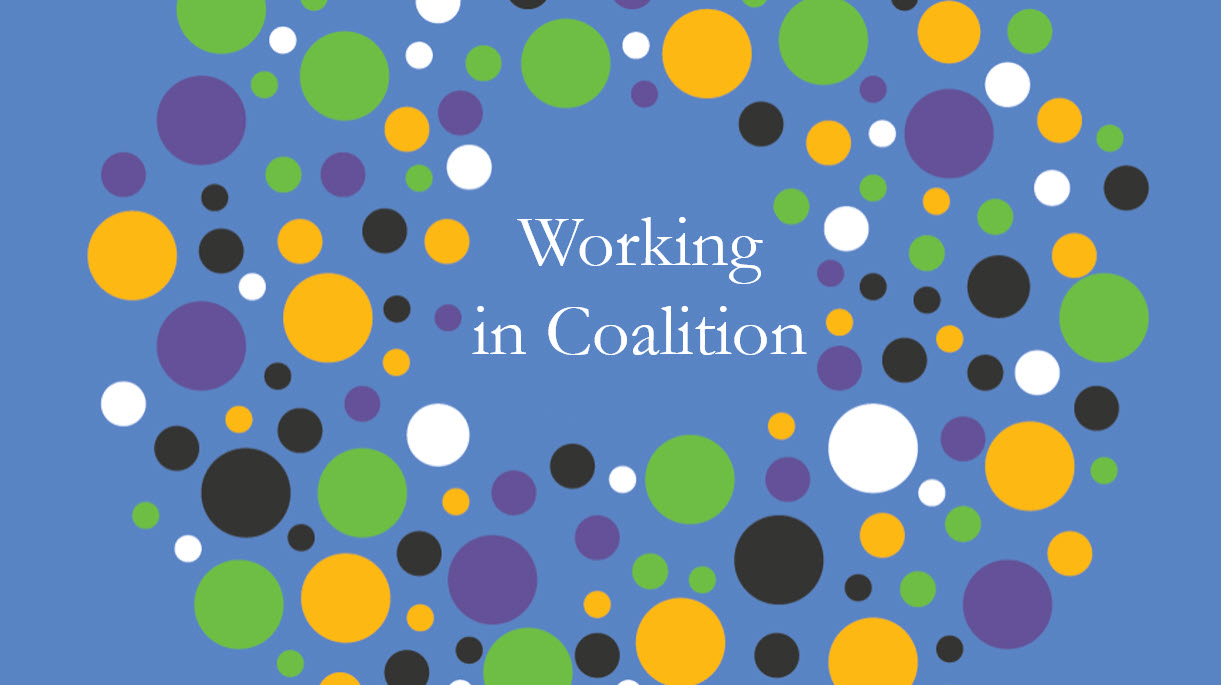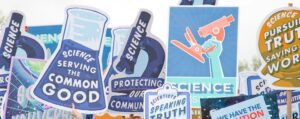
What do we mean by working in coalition?
We talk a lot about ‘working in coalition’, and it forms the theme of our annual review of 2021, but what do we mean by the phrase and what difference can working in coalition make to improving equity? John Young discusses.
Two years ago, when we released our 2020-2025 strategy, we began to talk more about ‘working in coalition’. This is not a new idea for INASP; throughout our 30-year history the ‘N’ is our name has stood for ‘network’ and we have always valued the opportunities to work in partnership. But in recent years we have been thinking more about how to shape INASP for the future and how to build on those strong relationships with organisations and individuals we have worked with. We began to think about how to shift from being primarily a UK-based organisation to a coalition of experts around the world committed to a shared vision of a more equitable knowledge ecosystem and putting research and knowledge at the heart of development.
2021 saw big leaps in this direction for INASP, some driven by strategy, and some accelerated by changes in the external context we work in, with the COVID-19 pandemic still ongoing and the changes to development funding. Last summer we announced a new chair of the board and three new board members, each with different special areas of focus aligned with our work and all with their roots firmly in the Global South. It was great in the second half of the year to begin to work with our new board members and bring their fresh perspectives into our plans for 2022 and beyond.
The past year also saw opportunities to begin to engage more deeply with our talented and energised strategic advisors group, which again draws strongly on Southern connections and spans deep expertise in key areas for INASP of academic research, higher education, youth employability and use of evidence in policy and practice.
How we hope to do it
On 7th February this year we brought our Board, Associates and Advisers together with our newly reshaped smaller staff team to identify the challenges affecting early-career researchers and their higher education institutions that we can best address by working together as One INASP.
We identified three unique opportunities:
- To work with researchers and higher education institutions in countries we know well to help them work together across disciplines, draw on different types of knowledge, and make local knowledge more visible, useful and influential to policy and practice.
- To work with partner higher education institutions to help them improve their own online learning so they can provide better support to students and opportunities for staff development, and share good principles and practice more widely through our platforms and digital consultancy services.
- To capitalise on One INASP’s wide networks to engage more with private sector organisations, and regional development banks who are all interested in education and digital access and science councils who are working to strengthen national knowledge systems.
And three practical steps which could help:
- To bring together INASP’s staff expertise in online learning and digital platforms with the practical expertise, understanding of local contexts and physical presence in the South of associates, advisers and trustees.
- To build on our successful AuthorAID community and develop new spaces to support women’s research leadership, and new thematic clusters where researchers and knowledge users can connect and build new relationships.
- To be more entrepreneurial and collaborative with fundraising, explore a wider range of national and regional funders including private sector organisations, more joint applications and more led by associates, advisers, partners and trustees.
Reviewing the past year
With this backdrop of plans for the future it was clear that ‘working in coalition’ was an ideal theme for our review of 2021.
And we have done a lot of work over the last year which will contribute to this. With partners we have been strengthening and deepening our work in digital platforms and digital learning, anchored in Southern research and higher education institutions, with gender equity cutting across all this work as well as a focus of the programme in its own right.
Our annual review shares highlights from across these key areas of our work. It includes achievements and learning from two partnerships in Africa focused on improving how higher education teaching and learning is aligned with the needs for graduates to have skills such as critical thinking and problem solving for the world beyond university. We also share the continued impact and growth of our AuthorAID project, which is continuing its evolution towards a community platform. And we share some of the highlights from our depth of expertise with using digital learning approaches to improve opportunities and equity for researchers, students and others in low- and middle-income countries.
Looking to the future
As we start 2022 with many changes, both in the INASP network and in the wider context that we all work in, we look forward to continuing to build on the foundations of the past year and the past 30 years and continue to reflect on how best to work in coalition to support more equitable knowledge ecosystems in the future.

 Previous Post
Previous Post Next Post
Next Post


